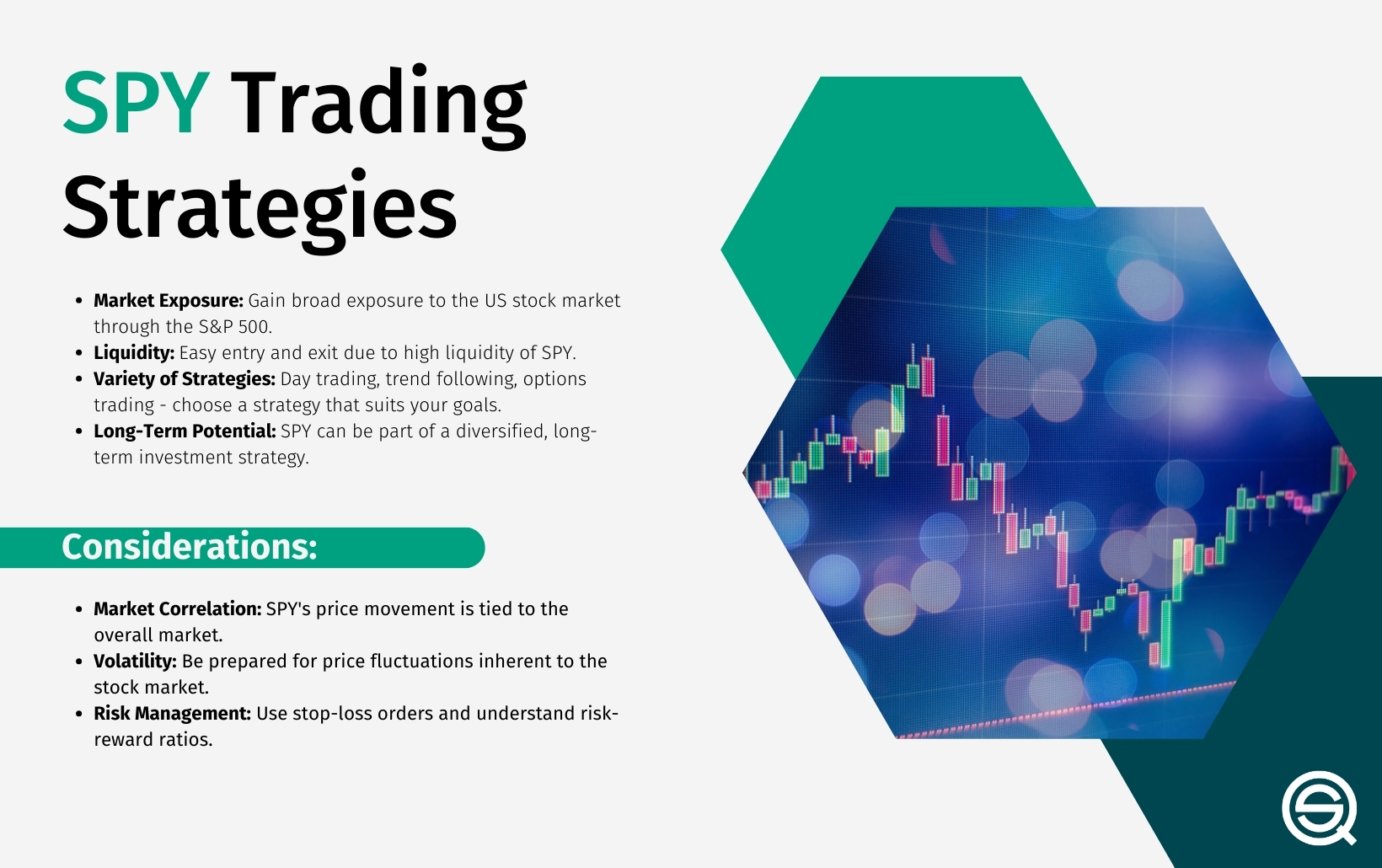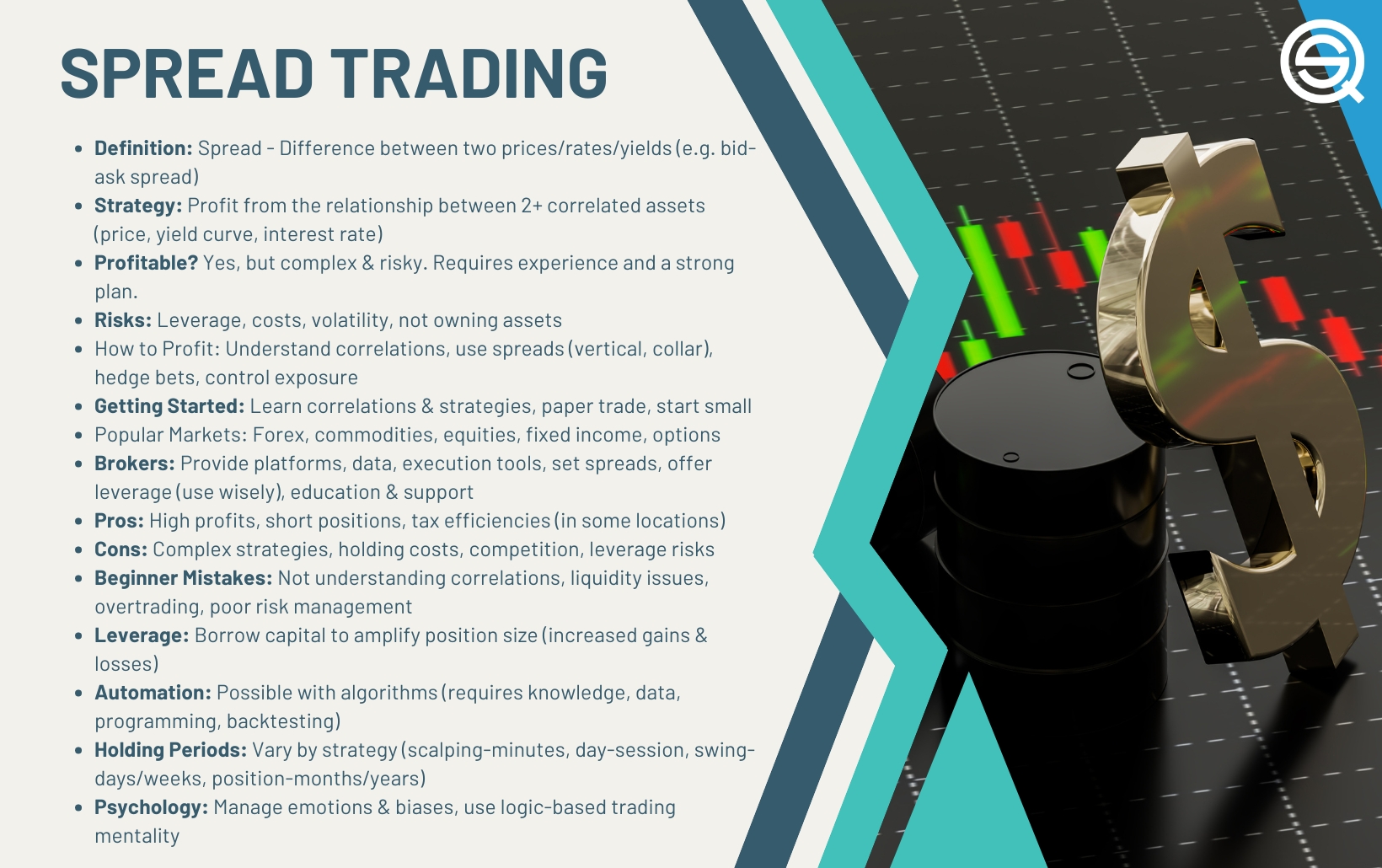Did you know that some stocks are as inseparable as peanut butter and jelly? Understanding stock correlations is crucial for day traders aiming to enhance their strategies and navigate market dynamics effectively. In this article, we delve into the concept of stock correlations, explaining how they affect trading strategies and decisions. We’ll explore the significance of understanding these correlations, provide methods to calculate them, and highlight tools that can aid in analysis. Additionally, we’ll discuss the impact of positive and negative correlations on trading, the benefits of trading correlated stocks, and how economic events can influence these relationships. With insights from DayTradingBusiness, you’ll learn how to leverage stock correlations to manage risk, recognize market trends, and adapt to changes over time—all while debunking common misconceptions. Get ready to sharpen your trading skills with this essential guide!
What are stock correlations in day trading?
Stock correlations in day trading refer to the relationship between the price movements of different stocks. When two stocks have a high positive correlation, they tend to move in the same direction. A negative correlation means they move in opposite directions. Day traders use these correlations to identify trading opportunities, hedge positions, and diversify their portfolios. Monitoring correlated stocks can help traders predict price movements and make quicker decisions based on market trends.
How do stock correlations affect day trading strategies?
Stock correlations impact day trading strategies by helping traders identify relationships between stocks. High correlation means stocks tend to move together, which can be used for pairs trading or hedging. Traders often look for correlated stocks to optimize entry and exit points, managing risk effectively. Conversely, low correlation allows for diversification, reducing overall portfolio risk. Understanding these dynamics enables traders to make informed decisions and capitalize on market movements efficiently.
Why is understanding correlations important for day traders?
Understanding correlations is crucial for day traders because it helps them identify relationships between different stocks and assets. By recognizing how one stock moves in relation to another, traders can make informed decisions, manage risk, and optimize their trading strategies. For example, if two stocks are positively correlated, a trader might leverage movements in one to predict shifts in the other, enhancing profit potential. Additionally, understanding correlations allows traders to diversify their portfolios effectively, minimizing losses when certain stocks underperform.
How can you calculate stock correlations?
To calculate stock correlations in day trading, follow these steps:
1. Collect Data: Gather historical price data for the stocks you want to analyze over the same time period.
2. Calculate Returns: Compute daily returns for each stock. This is typically done by subtracting the previous day's price from the current day's price and then dividing by the previous day's price.
3. Use a Correlation Formula: Apply the Pearson correlation coefficient formula:
[
r = frac{Cov(X, Y)}{sigma_X sigma_Y}
]
where (Cov(X, Y)) is the covariance of the stock returns, and (sigma_X) and (sigma_Y) are the standard deviations of the returns.
4. Utilize Software: Alternatively, use tools like Excel, Python (with libraries like Pandas), or financial software that can automatically compute correlations for you.
5. Interpret Results: A correlation coefficient close to 1 indicates a strong positive correlation, -1 indicates a strong negative correlation, and around 0 indicates no correlation.
This method allows you to understand how stocks move relative to each other, which is crucial for day trading strategies.
What tools can help analyze stock correlations?
You can use tools like Yahoo Finance, Google Finance, and TradingView to analyze stock correlations. For more advanced analysis, consider platforms like Bloomberg Terminal, MetaStock, or Eikon. Excel with statistical functions also allows for custom correlation analysis. Lastly, websites like Finviz and StockCharts provide correlation matrices that can be helpful for day trading strategies.
How do positive and negative correlations impact trading decisions?

Positive correlations indicate that two stocks move in the same direction; traders might buy both to capitalize on upward trends. Negative correlations show that two stocks move in opposite directions; traders may short one while going long on the other to hedge against risks. Recognizing these correlations helps traders optimize their portfolios, manage risk, and enhance potential returns.
What are the benefits of trading correlated stocks?
Trading correlated stocks can enhance your day trading strategy in several ways. First, it allows for better risk management; if one stock moves up, a correlated stock may follow, providing opportunities for profit. Second, you can capitalize on arbitrage opportunities, buying undervalued stocks while shorting overvalued ones. Third, correlated stocks often react similarly to market events, enabling you to predict price movements more accurately. Lastly, you can diversify your portfolio while still maintaining exposure to a specific sector or theme, reducing overall volatility.
How can stock correlations indicate market trends?
Stock correlations show how stocks move in relation to each other. When stocks have a high positive correlation, they tend to rise or fall together, indicating potential market trends. For day trading, observing these correlations helps traders identify sectors that may move in sync, allowing them to make informed decisions. Conversely, negative correlations can signal diversifying opportunities. By analyzing correlations, day traders can gauge market sentiment and adjust their strategies accordingly.
What role do sector correlations play in day trading?
Sector correlations help day traders identify trends and potential price movements. When stocks in the same sector move together, traders can anticipate how one stock’s performance might influence another. For example, if tech stocks are rising, a trader might expect related stocks to follow suit. By analyzing these correlations, traders can make more informed decisions, manage risk better, and optimize their entry and exit points. Understanding these relationships is crucial for gaining an edge in volatile markets.
How can day traders use correlations to manage risk?

Day traders can manage risk by analyzing stock correlations to diversify their portfolios. By identifying stocks that move in the same direction (positive correlation), traders can avoid overexposure to a single sector. Conversely, they can pair negatively correlated stocks to offset potential losses. For instance, if a trader holds a long position in a tech stock, they might hedge by shorting a correlated utility stock. Monitoring these correlations helps traders adjust positions dynamically, reducing overall risk and improving potential returns.
What are the limitations of relying on stock correlations?
Relying on stock correlations has several limitations. First, correlations can change over time, making historical data unreliable for future predictions. Second, stocks may appear correlated during certain market conditions but diverge during volatility. Third, correlation does not imply causation, so a high correlation might not mean one stock influences another. Additionally, external factors, like economic events or news, can disrupt correlations unexpectedly. Finally, over-reliance on correlations can lead to missed opportunities if traders ignore fundamental analysis.
How do economic events influence stock correlations?
Economic events influence stock correlations by affecting investor sentiment and market dynamics. For instance, a major economic report, like a jobs report or GDP growth data, can lead to increased volatility. Stocks in the same sector may move together as they respond similarly to macroeconomic changes. For example, if interest rates rise, financial stocks might correlate positively as they benefit from higher lending rates, while utilities may correlate negatively due to higher financing costs. Additionally, geopolitical events or fiscal policy changes can create systemic risk, driving correlations higher among stocks. In day trading, recognizing these patterns helps traders anticipate movements and adjust their strategies accordingly.
How Do Stock Correlations Affect Day Trading Success Today?

The best stocks for day trading today are those with high volatility and significant trading volume. Look for stocks like Tesla (TSLA), Apple (AAPL), and Amazon (AMZN) due to their price movements and liquidity. Always check current market conditions for the latest opportunities.
Learn more about: Best Stocks for Day Trading Today
Learn about How to Build a Day Trading Stock Portfolio
Can stock correlations change over time?
Yes, stock correlations can change over time due to various factors like market conditions, economic events, and company-specific news. In day trading, it’s crucial to monitor these correlations regularly, as they can impact trading strategies and risk management. For example, stocks in the same sector may move in tandem during economic growth but diverge during downturns. Always analyze current data to make informed trading decisions.
How should day traders adjust for correlation changes?
Day traders should monitor correlation changes by regularly analyzing their stock watchlist for shifts in relationships between assets. Use tools like correlation matrices or software that provides real-time updates on correlation coefficients. If a stock's correlation with others increases or decreases, adjust your strategy accordingly—consider diversifying or concentrating your positions based on the new correlation data. Stay flexible and ready to adapt your trades to minimize risk and capitalize on new opportunities.
What are common misconceptions about stock correlations?
A common misconception about stock correlations in day trading is that high correlation always means similar price movements. In reality, stocks can be correlated but respond differently to market events. Another myth is that correlations are static; they can change based on market conditions. Traders often assume that diversification is ineffective if stocks are correlated, but combining correlated assets can still reduce risk under certain strategies. Lastly, many believe that correlations guarantee future performance, but past correlations do not predict future behavior. Understanding these nuances is crucial for effective trading.
How do traders use correlations in technical analysis?
Traders use correlations in technical analysis to identify relationships between different stocks or assets. A positive correlation means that two assets move in the same direction, while a negative correlation indicates they move in opposite directions. By analyzing these correlations, traders can diversify their portfolios, hedge risks, and spot potential trading opportunities. For example, if a trader notices that two stocks are highly correlated, they might trade one based on the movements of the other, maximizing potential gains. Understanding these correlations helps traders make more informed decisions and improve their day trading strategies.
Conclusion about Understanding Stock Correlations in Day Trading
In conclusion, understanding stock correlations is essential for day traders aiming to enhance their strategies and manage risk effectively. By analyzing both positive and negative correlations, traders can make informed decisions that align with market trends and sector movements. Utilizing tools to calculate and interpret these correlations allows for a more dynamic trading approach. However, it's important to remain aware of the limitations and changing nature of correlations over time. For further insights and support in navigating these complexities, DayTradingBusiness offers valuable resources to help traders succeed in the fast-paced trading environment.
Sources:
- Volume autocorrelation, information, and investor trading ...
- Intraday Volatility Spillover between the Shanghai and Hong Kong ...
- Understanding commonality in liquidity around the world ...
- Dynamic autocorrelation of intraday stock returns - ScienceDirect
- Intraday trading volume and return volatility of the DJIA stocks: A note
- Return autocorrelation and institutional investors - ScienceDirect